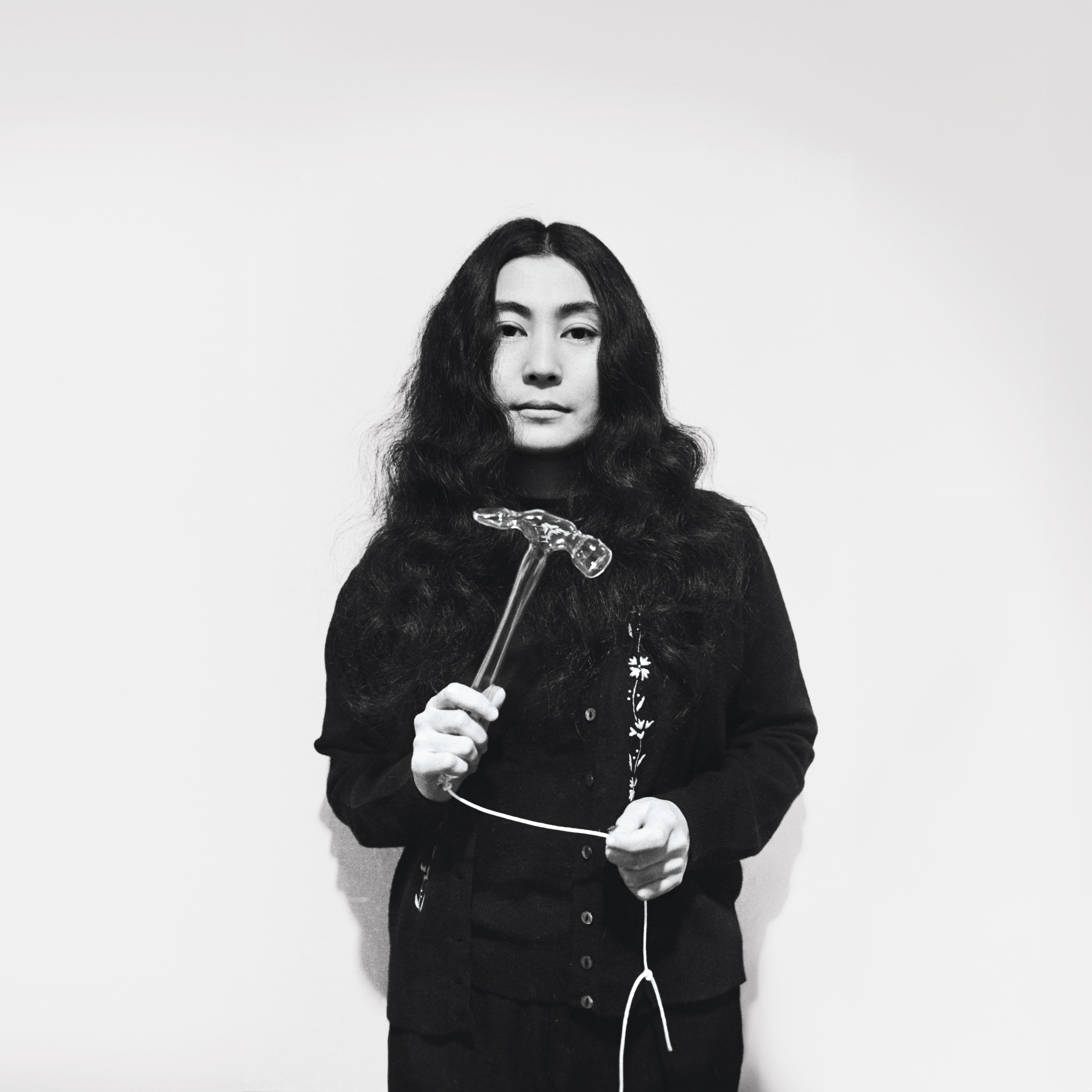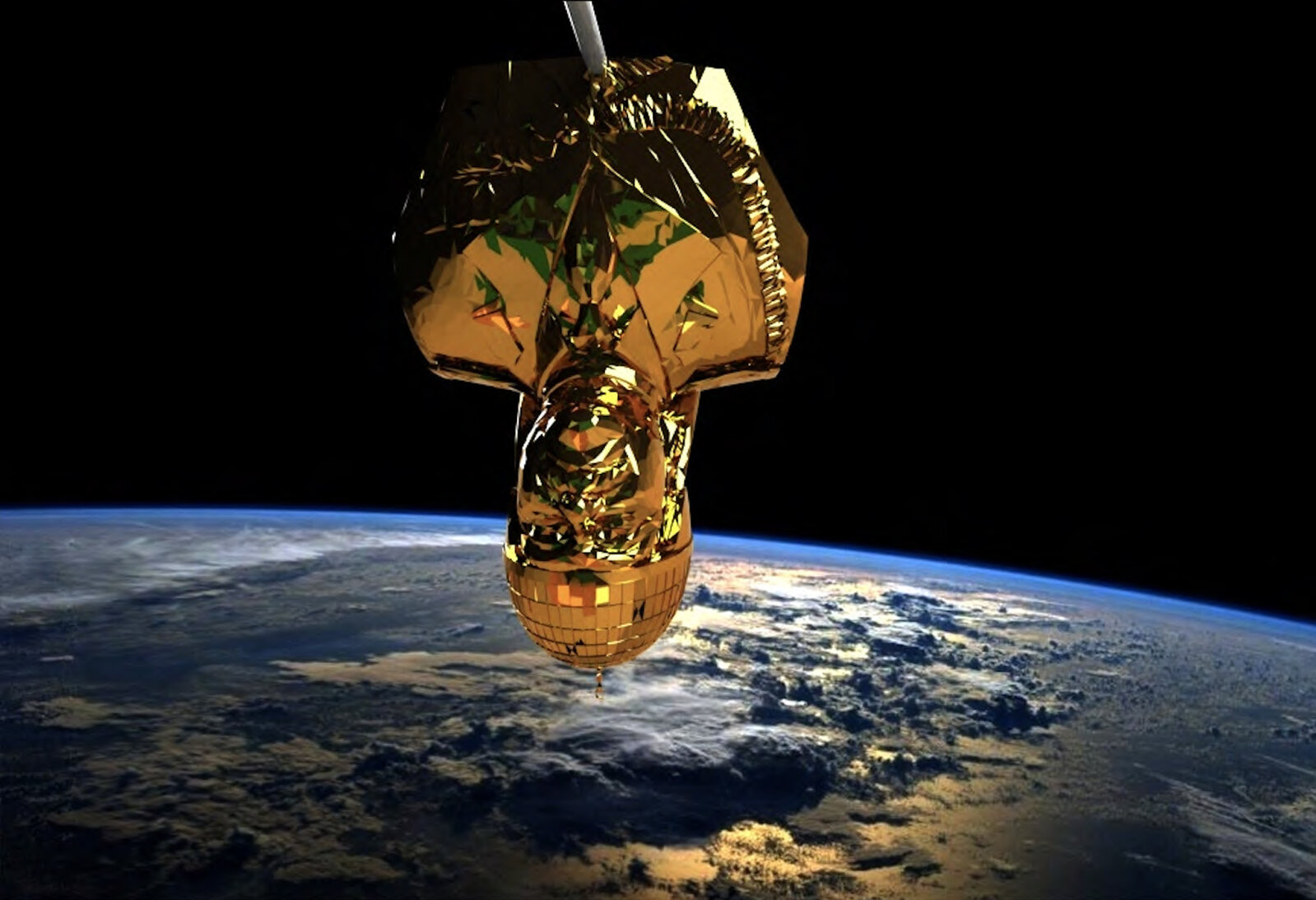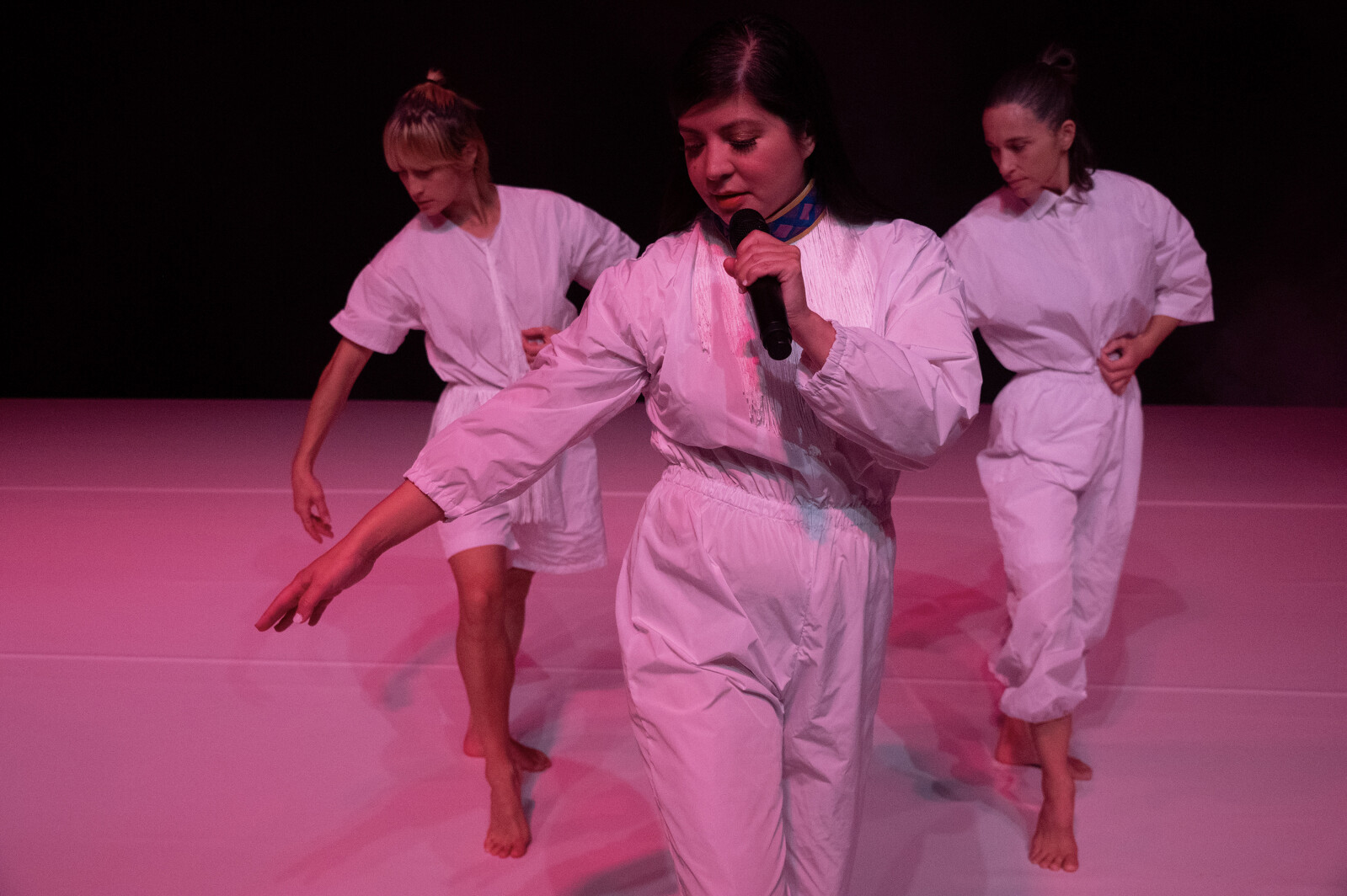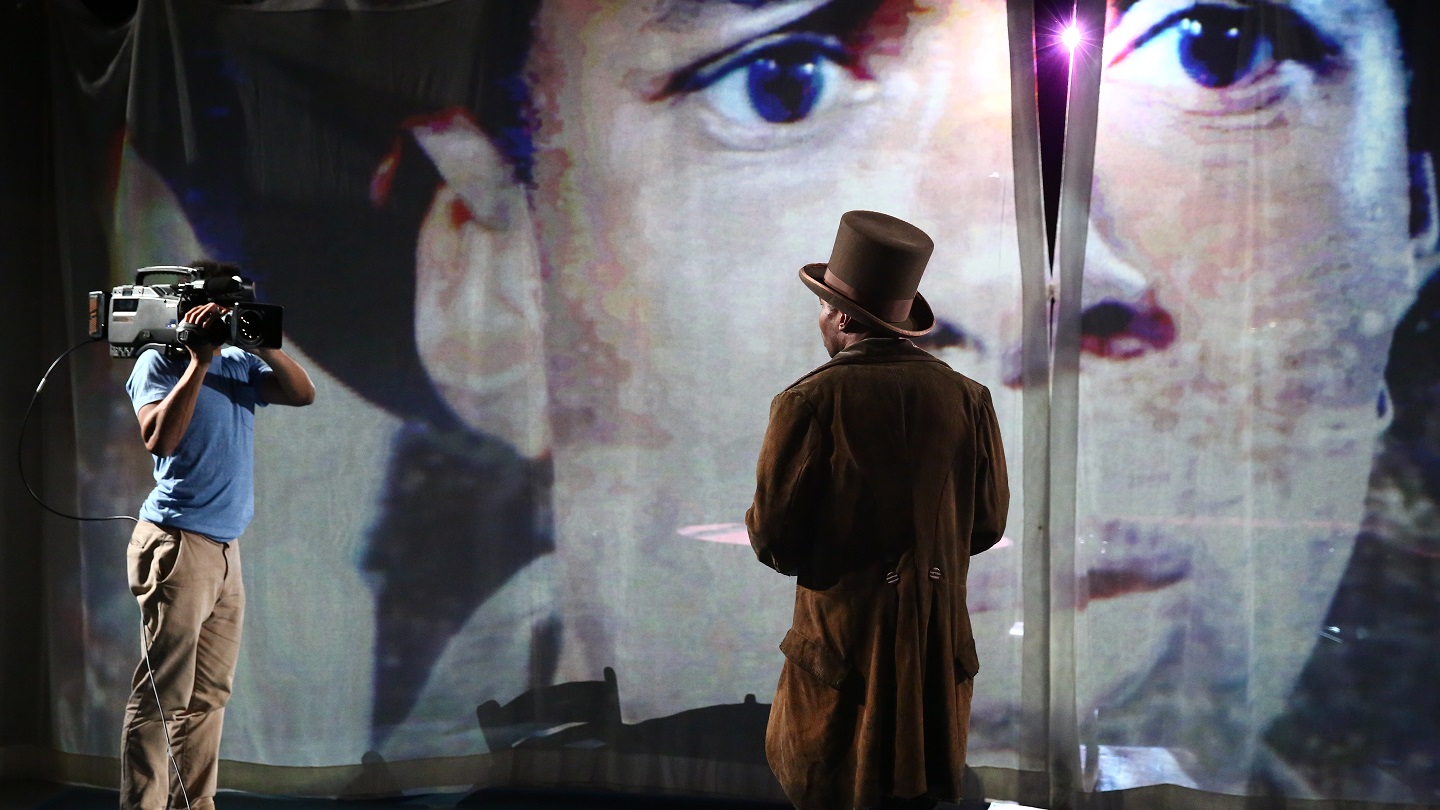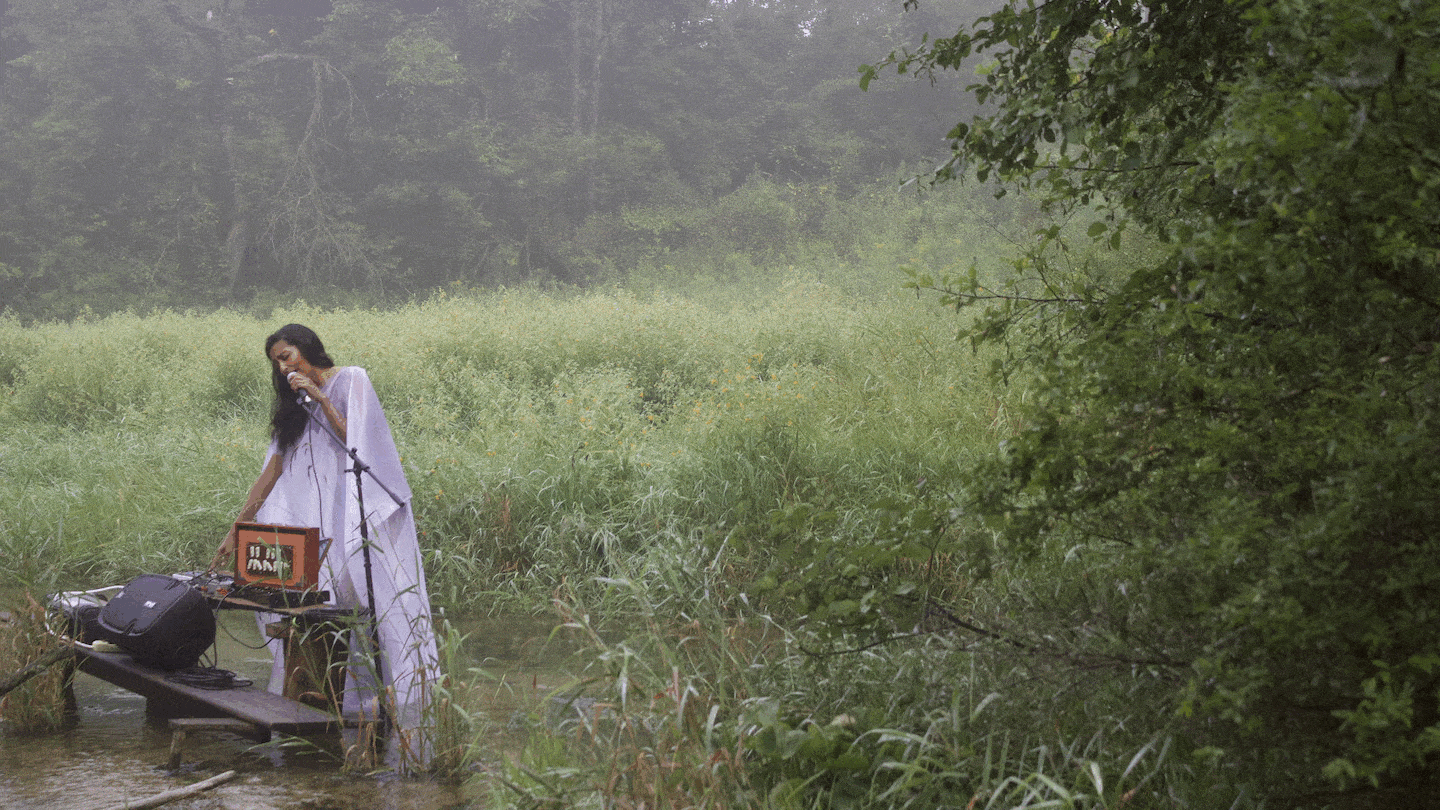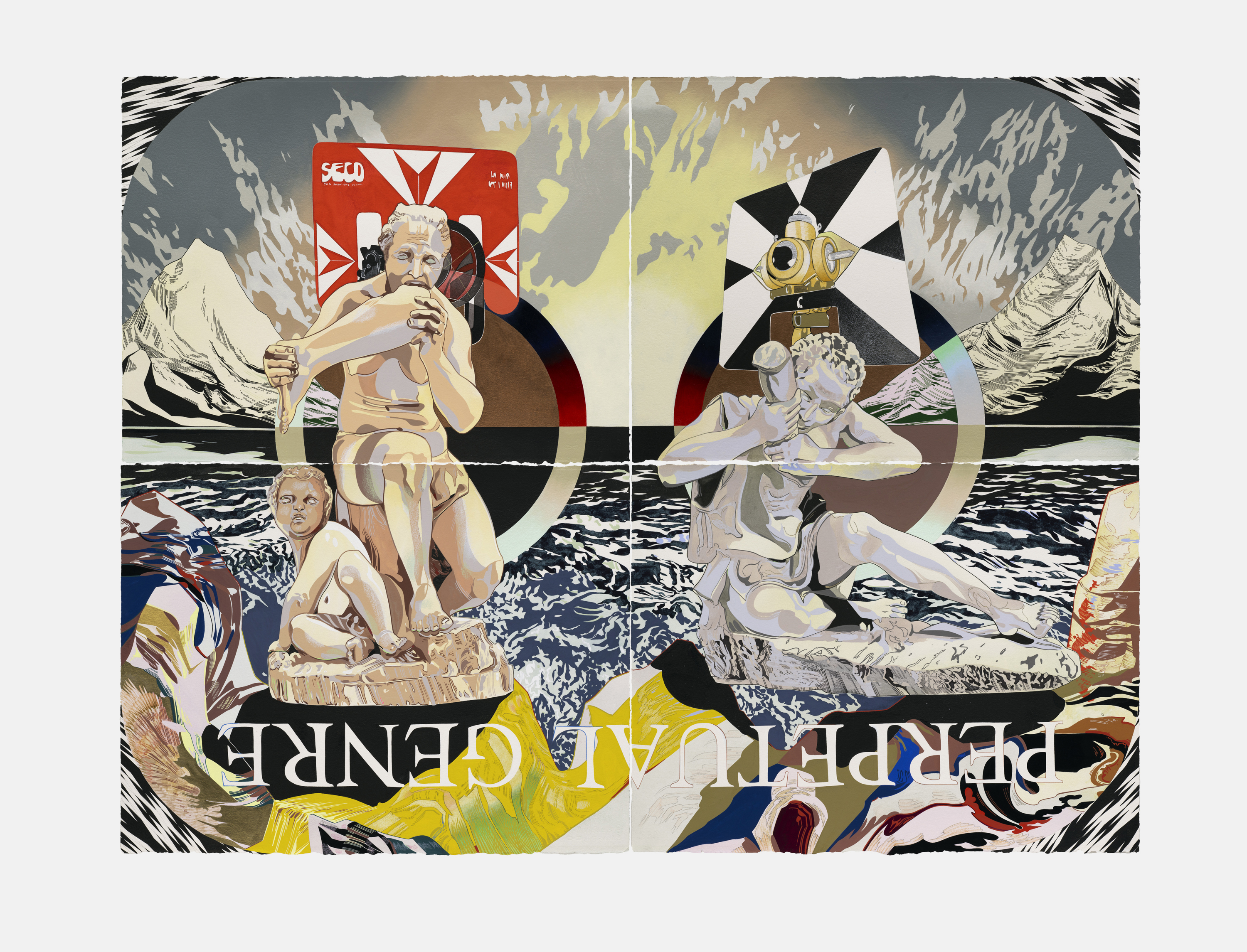Luc Tuymans
October 2, 2010 – January 9, 2011
220 East Chicago Avenue
Chicago, IL 60611
Luc Tuymans (born 1958) is considered to be one of the most significant painters working today, and his distinctive visual style and approach to issues of history and memory have influenced an entire generation of younger artists. Interested in the after-effects of the most traumatic events of the last and present century and their representation in the mass media, Tuymans uses a muted palette to create paintings that are at once sumptuous and subtle, enigmatic and disarmingly stark.
Born and raised in Antwerp, where he continues to live and work, Tuymans draws on the historical traditions of Northern European painting as well as photography, cinema, and television. He appropriates images from a variety of sources and makes use of cropping, close-ups, framing, and sequencing to offer fresh perspectives on the medium of painting as well as larger cultural issues. Whether interiors, landscapes, or figural representations, his works might initially suggest relatively innocuous depictions of everyday life—but there is almost always another meaning lurking beneath their surfaces. Like veiled memories, Tuymans’s paintings oscillate between coherence and illegibility, challenging viewers’ certainty about not only what they are looking at but also how they should be looking.
Perhaps best-known for his early work on the Holocaust, the artist has turned more recently to such topics as the post-colonial history of the Democratic Republic of the Congo; the dramatic turn of world events after 9/11; and the role of institutional religion in an increasingly secular world. These series have led Tuymans to a sustained investigation of the realms of the pathological and the conspiratorial. Throughout, he has remained committed to representing the unrepresentable in order to make viewers
recognize their role as spectators—and often unwilling accomplices—to history.
“The time is right for an in-depth retrospective of Tuymans’s work in this country,” says Madeleine Grynsztejn, MCA Pritzker Director. “As the pre-eminent painter of his generation, his work is one of those rare instances where you see intellectual power and aesthetic individuality meet on canvas. He is a true contemporary history painter, who has honored and evolved the great tradition of painting.”
Tuymans treats genres including still life, landscape, and portraiture with the same scale and gravity once reserved for grand history painting. Indeed, Tuymans may be said to have reinvented history painting for the present day, using moments from the recent past to shed light on the fragile nature of events. In depicting contemporary scenarios through this traditional painting genre, he also explores disengagement from current realities and the ways in which the contemporary experience is often dramatically mediated by both technology and longstanding cultural narratives.
This retrospective re-creates the original installations of four groups of interrelated paintings—At Random, Der Architekt, Mwana Kitoko, and Proper—which the artist intended to be hung in a particular order. The exhibition thus reconstructs the artist’s distinctive creative process, highlighting the way in which he moves fluidly from one painting to the next. Because Tuymans experimented with filmmaking early in his career, his strategy draws from theories of filmic montage: one image links to another, and additional meaning is conveyed by the pieces’ adjacency.
The artist’s series At Random explores the subject of perception and disorienting shifts in visual understanding. Shapes and outlines in these paintings emerge slowly from hazy backgrounds. Sometimes the title of a work helps bring a recognizable object into focus, as in the case of The Doll (1994), which first appears to be a misty Northern landscape. It is only after reading the title and spending time in front of the canvas that it reveals more. The pictures that make up At Random seem exactly that: arbitrary and pulled from the stream of images one constantly encounters. A woman’s leg in The Leg (1994), a glimpse through a window in Self-Portrait (1994)—each may seem insignificant and normally quickly forgotten, but perhaps each conceals some secret within.
Der Architekt (The Architect), Tuymans’s series devoted to the Holocaust, is the artist’s most comprehensive treatment of this recurring topic in his oeuvre, yet the viewer is unlikely to come away with a better understanding of the atrocities that the word encompasses. This reflects Tuymans’s larger point—that certain events defy representation. These mostly monochromatic canvases set up a visual correlation between the Nazi obsession with Aryan purity and the depravity of their actions. Himmler (1998) draws on an official photographic portrait of SS official Heinrich Himmler, who oversaw the concentration camps. The details of his face have been obscured, leaving only an impenetrable blur. By comparison, K.Z. (1998) is perhaps clearer, as the title is an abbreviation of the German term for concentration camp. But it too turns out to be misleading, showing only a portion of a camp specifically designed to hide its actual conditions from foreign inspectors.
In the series Mwana Kitoko, Tuymans confronts the violent legacy of his native Belgium’s involvement in the Congo, which was a Belgian colony from 1908 to 1960. This suite centers on the post-colonial situation in the Democratic Republic of the Congo and the shadowy networks of power linked to the assassination of Patrice Lumumba, the first democratically elected prime minister of that country. The Mission (2000) depicts the place where both Lumumba and his political rival Joseph-Désiré Mobutu were educated. Chalk (2000) references a story Tuymans heard about a police officer who pulled two teeth from Lumumba’s mouth after his death. Sculpture (2000) brings this historical narrative into the present by depicting a life-size painted wood sculpture, a relic of the colonial era that Tuymans encountered by chance in a restaurant in Antwerp.
The retrospective also gathers a selection of paintings from Tuymans’s post-9/11 series entitled Proper, which includes his unmistakable painting of Condoleezza Rice, The Secretary of State (2005). Looking at American society and the Bush administration, Proper explores the artist’s view of a country struggling to right itself and, in the process, clinging to propriety in order to maintain an image of strength and normalcy. Ballroom Dancing (2005) portrays the newly revived phenomenon of its title, conveying the trappings of old-fashioned romance and gender roles in an image based on a photograph of the Texas Governor’s Ball. The odd observation angle of The Parc (2005) suggests the view from a security camera and so exposes the way surveillance has permeated daily life.
Billowing clouds of dust in Demolition (2005) recall the destruction of 9/11 but can also be seen as a metaphor for the confusion that prevents events from being seen clearly. In addition, the exhibition includes works from Tuymans’s Der diagnostische blick (The Diagnostic View) series, which he based on images found in a German physician’s guide to physical manifestations of various diseases and ailments. With these works, Tuymans draws attention to the medium of painting itself, emphasizing the tensions between the handcraft of painting and the mechanical eye of photography.
For the first time in the US, Luc Tuymans is curating a series of films from the 1920s to the present by European and American filmmakers that have been important to him. The film series includes: Les yeux sans visage (Eyes without a face) (1960) by Georges Franju; Knife in the Water (1962) by Roman Polanski; Angst essen Seele auf (Ali: Fear Eats the Soul) (1974) by Rainer Werner Fassbinder; Coup de Torchon (1981) by Bertrand Tavernier; Come and See (1985) by Elem Klimov; and There Will Be Blood (2007) by Paul Thomas Anderson.
Tuymans is also adding two more unique elements to the exhibition at the MCA, Chicago. He is assembling a small companion exhibition of his source materials made up of Polaroids, magazines, and other archival ephemera that provide the imagery for his paintings. Additionally, Tuymans is creating a wall mural for the 2nd-floor atrium. The mural consists of three figurative images based on statues from the Basilica of Santa Croce in Florence, Italy. Tuymans explores the idea of the portrait as a historical genre in painting, yet subverts this tradition by painting anonymous subjects. For more information, visit mcachicago.org.
*Image above:
Photo by Ben Blackwell; courtesy David Zwirner, New York.
Private Collection.
© Luc Tuymans.


